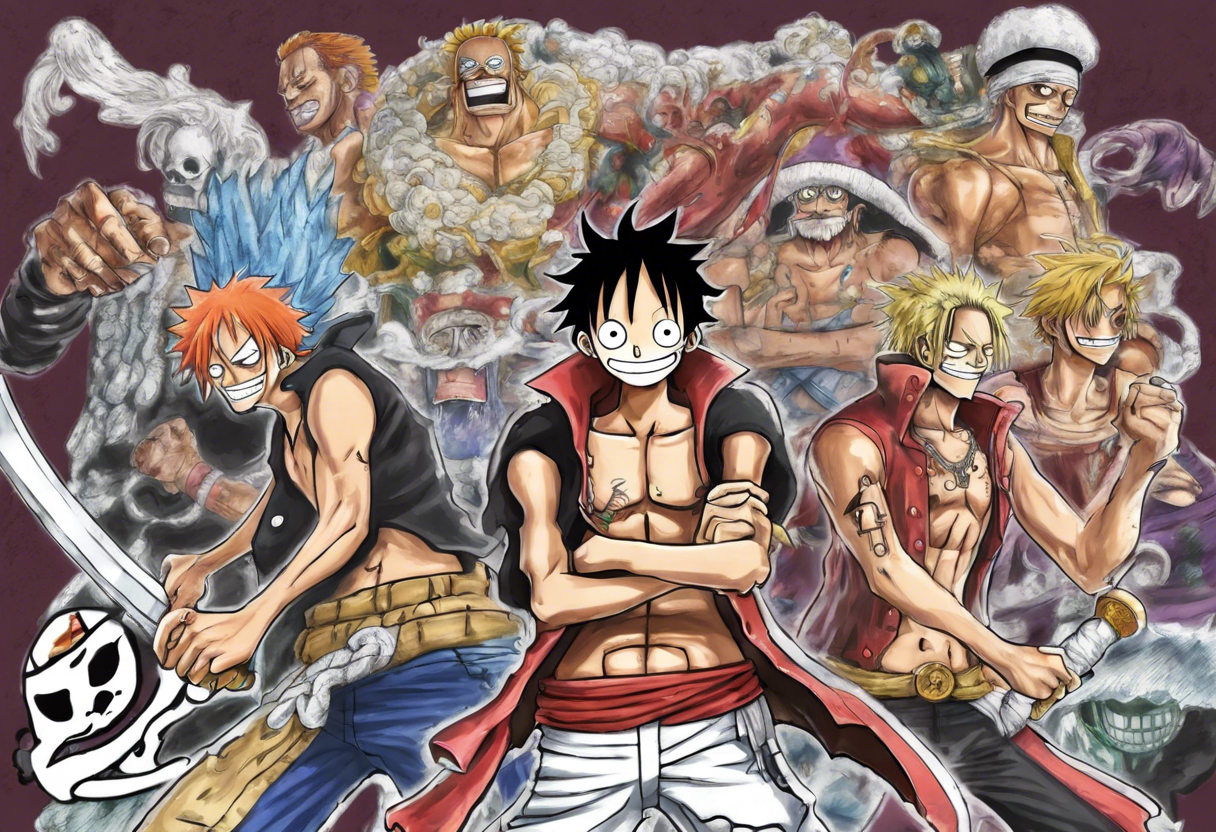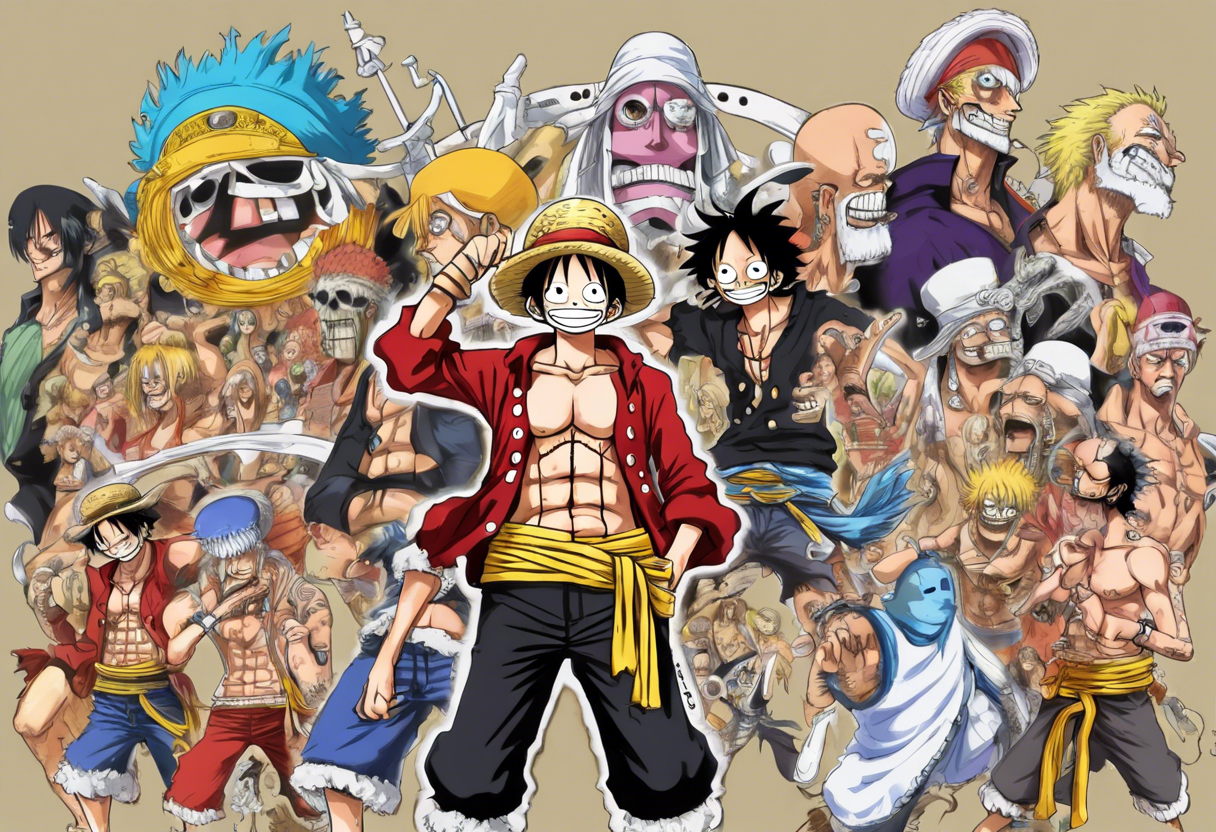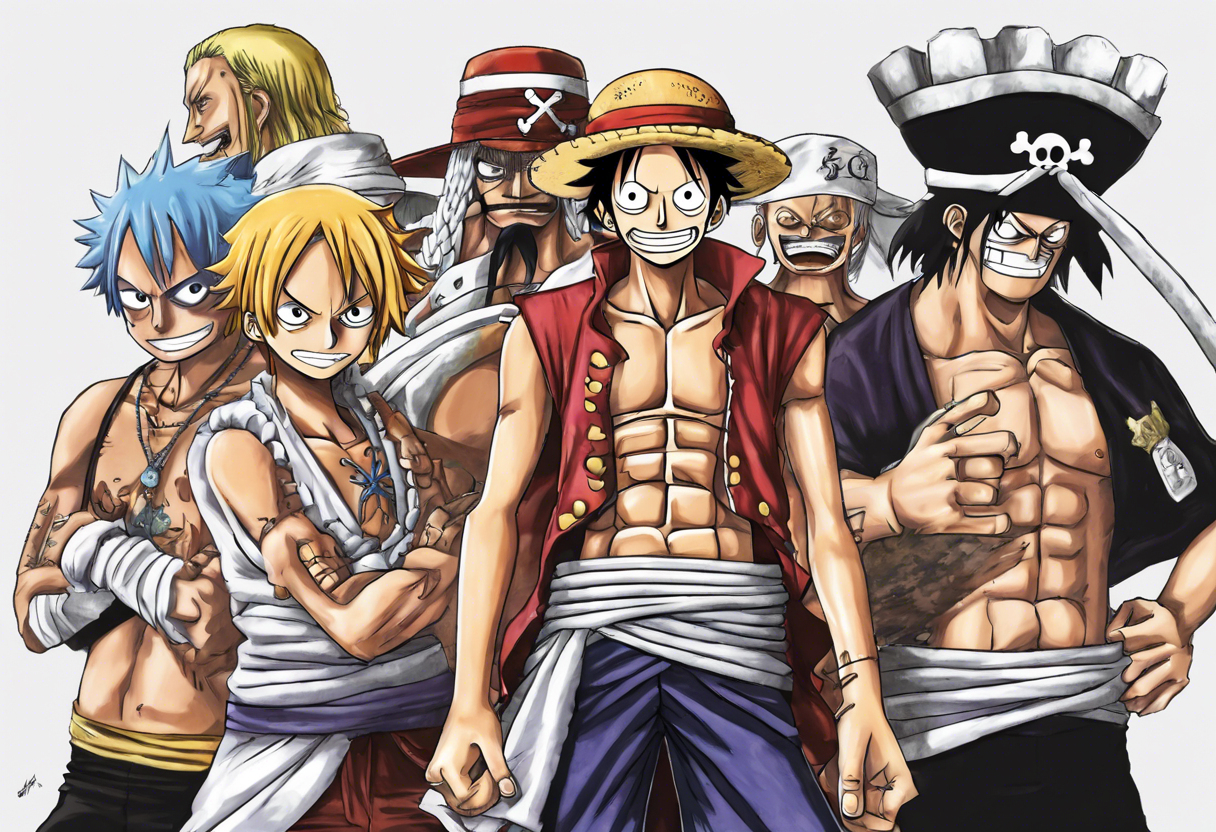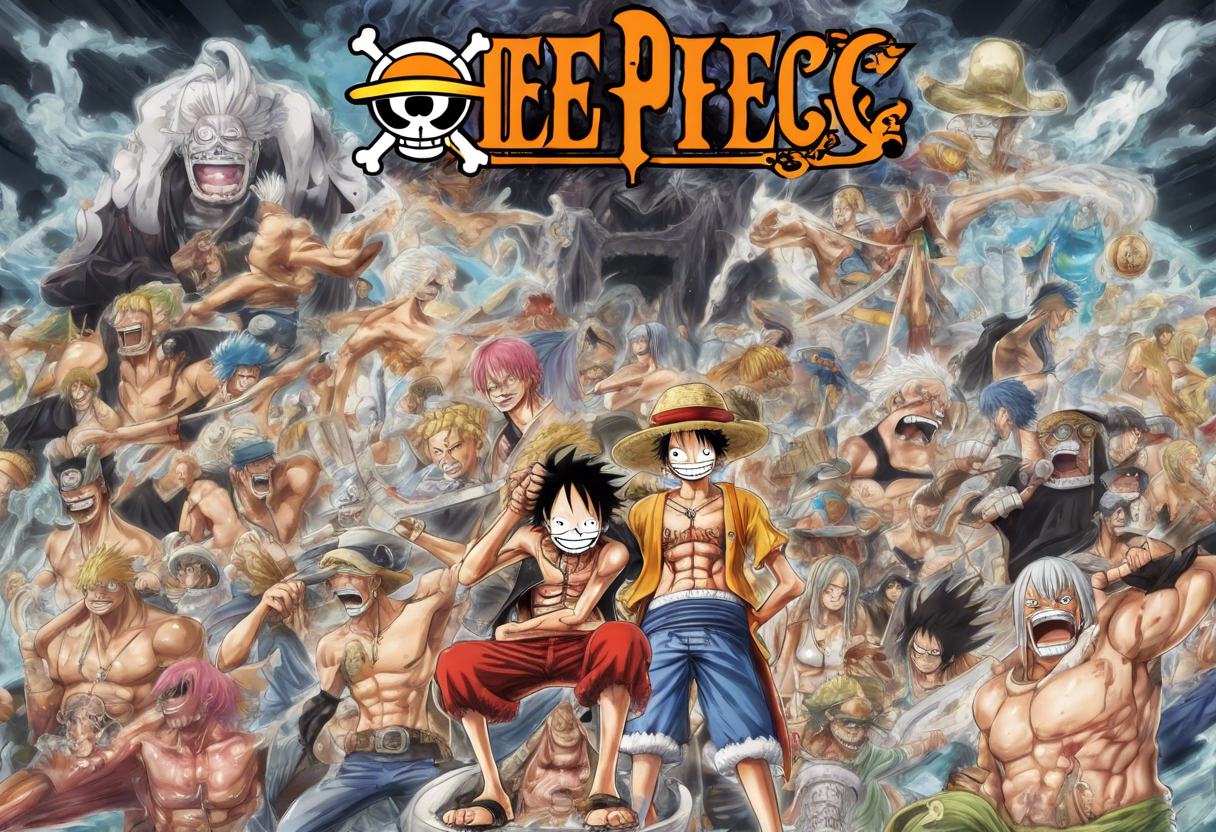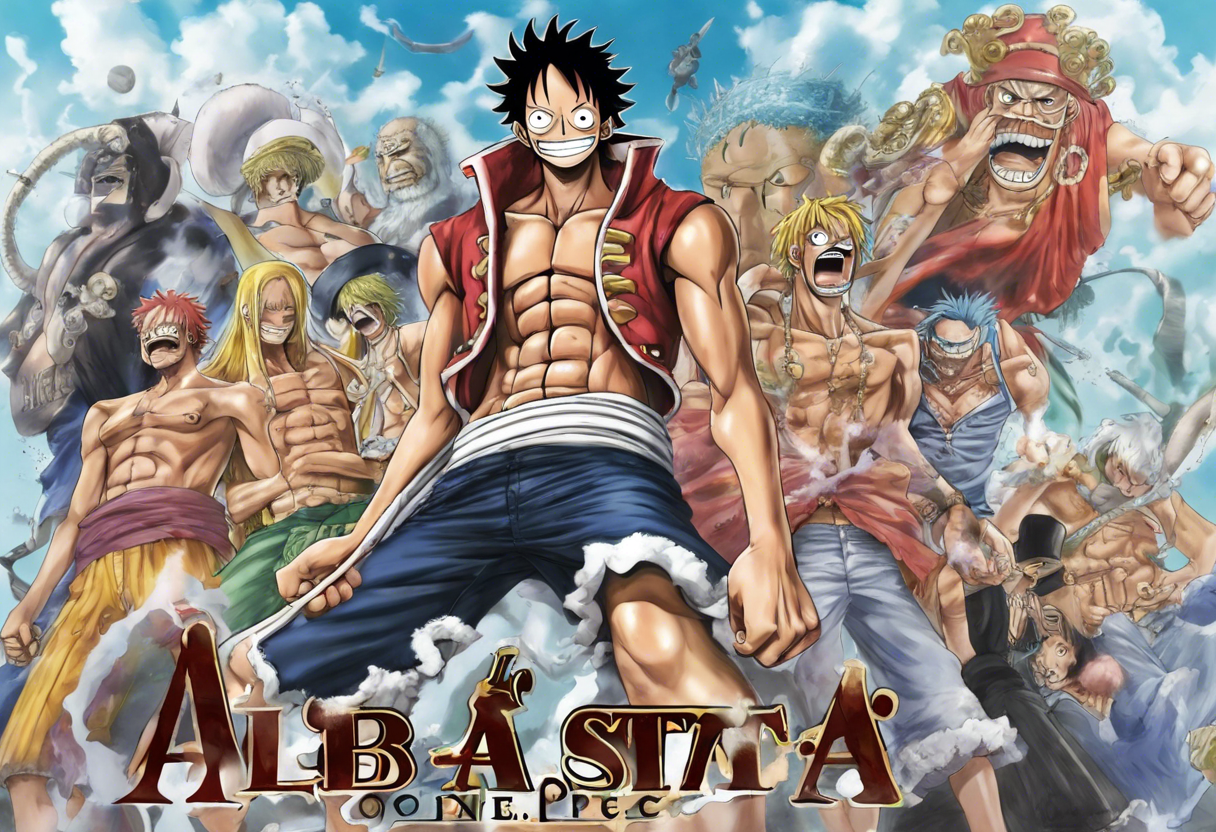Contents
Introduction
The Alabasta Arc, also known as the Arabasta Arc, is a pivotal storyline within the expansive universe of Eiichiro Oda’s manga and anime series, One Piece. This arc is part of the fourth season of the anime, directed by Konosuke Uda and produced by Toei Animation, adapting the 18th to 24th volumes of the manga[5].
The Alabasta Arc marks a significant turning point in the series, introducing complex themes and characters that would shape the narrative for future arcs. It is set in the Kingdom of Alabasta, a desert kingdom on the Grand Line, and revolves around the Straw Hat Pirates’ involvement in a civil war orchestrated by the sinister organization, Baroque Works.
What sets the Alabasta Arc apart is its meticulous world-building, intricate plot twists, and the exploration of profound themes such as power, corruption, and the consequences of unchecked ambition. This arc is often hailed as one of the most memorable and impactful storylines in the One Piece series, showcasing Oda’s mastery in crafting a narrative that constantly surprises and captivates its audience[1].
Plot Summary
The Alabasta Arc begins with the Straw Hat Pirates arriving in the Kingdom of Alabasta, where they become entangled in a plot by Baroque Works, a secret organization led by the enigmatic Mr. 0, later revealed to be Crocodile, one of the Seven Warlords of the Sea. Crocodile’s plan involves manipulating the kingdom into a civil war to gain control over the ancient city of Alubarna and its hidden treasures.
Key characters introduced in this arc include Nico Robin, an archaeologist with a tragic past, and Vivi, the princess of Alabasta who becomes a temporary member of the Straw Hat Pirates. The arc also features the first appearance of Portgas D. Ace, Luffy’s sworn brother, and the Whitebeard Pirates, setting up plot threads that would be resolved in later arcs[1].
The storyline is driven by the Straw Hats’ efforts to stop Crocodile and Baroque Works, which involves navigating a web of deceit and alliances. The final battle in Alubarna is a climactic showdown that showcases Luffy’s growth and the crew’s unity. This battle also highlights the complexities of the Shichibukai system and the role of the World Government in maintaining order on the seas[2].
Themes and Symbolism
The Alabasta Arc delves into several thematic elements that elevate the storytelling beyond mere action and adventure. It explores themes of power, corruption, and the consequences of unchecked ambition, particularly through Crocodile’s sinister power play in Alabasta. The arc highlights the importance of hope and resilience in the face of tyranny, as seen in the Arabasta people’s resistance against Crocodile’s regime[2].
The arc also explores the complexities of trust and loyalty, as characters navigate a web of deceit and alliances to uncover the truth. The bonds formed between the Straw Hat Pirates and the people of Alabasta emphasize the importance of unity and standing up against injustice. The emotional sacrifices made by characters, such as Pell’s sacrifice, add a layer of depth to the narrative, showcasing the weight of the story’s events[3].
Additionally, the arc introduces crucial plot elements such as the Poneglyphs, ancient weapons, and the Void Century, which become major plot threads in the series. These elements contribute to the rich world-building that defines One Piece, laying the groundwork for future arcs and character development[1].
Cultural Impact
The Alabasta Arc has left an indelible mark on the One Piece fandom and is often hailed as one of the series’ most memorable storylines. Its impactful storytelling, well-rounded characters, and epic battles have solidified its status as a fan favorite. The emotional resonance and thematic depth explored in this arc continue to resonate with viewers long after its conclusion[2].
The arc’s influence extends beyond the One Piece series itself. It has been referenced and adapted in various forms of media, including fan art, cosplay, and fan fiction. The characters and plot elements introduced in this arc have become iconic within the broader anime and manga community.
Critical Reception
The Alabasta Arc was widely praised by critics and audiences upon its release. It is noted for its well-paced storytelling, intricate plot twists, and the emotional depth of its characters. The arc’s ability to balance action, drama, and humor has been particularly commended, making it a standout in the series[2].
In subsequent years, the arc has continued to receive positive reviews, with many considering it a turning point in the series that set the stage for future arcs. The emotional moments, such as Nico Robin’s tragic past and Vivi’s character development, have been highlighted as particularly impactful[3].
However, some critics have noted that certain emotional sequences could have been handled better, but overall, the arc is praised for its engaging narrative and memorable characters.
Legacy
The Alabasta Arc’s legacy is profound within the One Piece series and the broader anime and manga community. It has inspired numerous adaptations and references in other media, including fan creations and official spin-offs. The arc’s influence can be seen in later story arcs, such as the Dressrosa and Wano Country Sagas, which draw parallels with the narrative threads and themes introduced in Alabasta[1].
The arc continues to be a benchmark for storytelling in anime and manga, showcasing Oda’s mastery in crafting complex, engaging narratives. It remains a favorite among fans and critics alike, and its impact on the One Piece universe is undeniable.
The Alabasta Arc stands as a testament to the brilliance of Eiichiro Oda’s storytelling, encapsulating the essence of what makes One Piece a beloved and enduring series. Its enduring relevance ensures that it will continue to inspire filmmakers, artists, and audiences for years to come.
References
- https://gamerant.com/one-piece-arabasta-arc-explained/
- https://poggers.com/blogs/anime/one-piece-arabasta-alabasta-arc-summary-recap-review
- http://pageprophet.blogspot.com/2013/08/story-arc-review-alabasta.html
- https://en.wikipedia.org/wiki/List_of_One_Piece_story_arcs
- https://en.wikipedia.org/wiki/One_Piece_season_4

